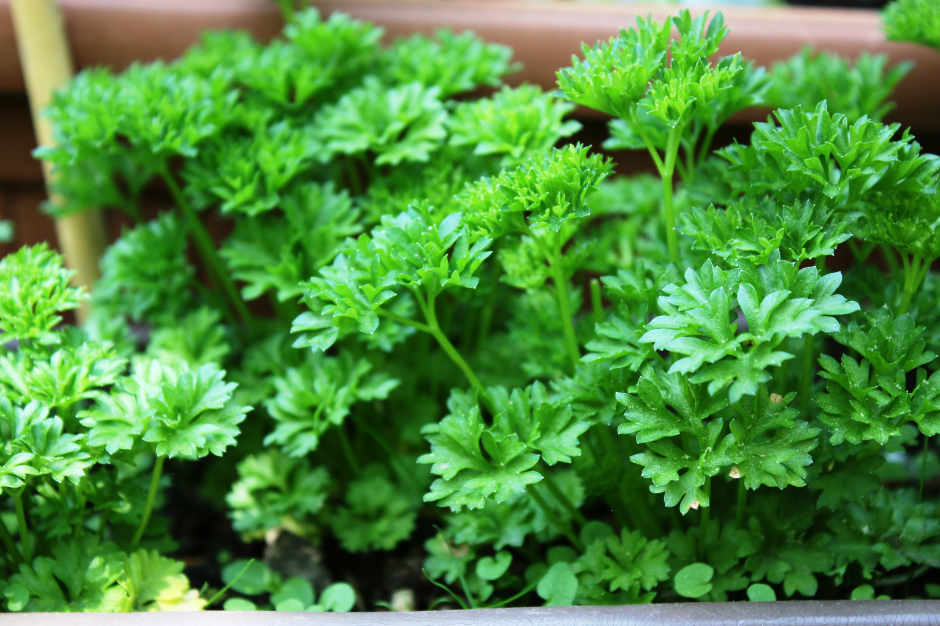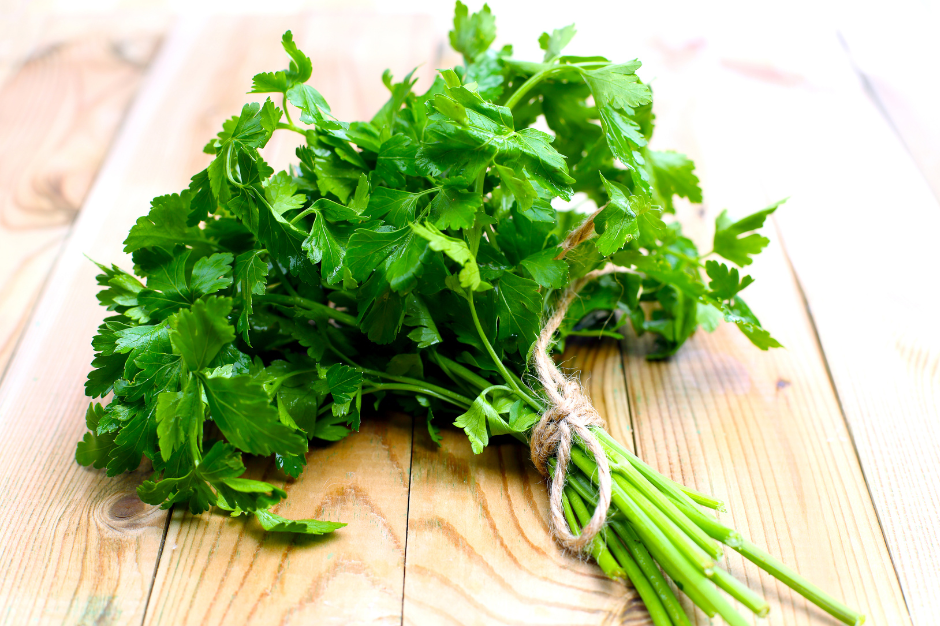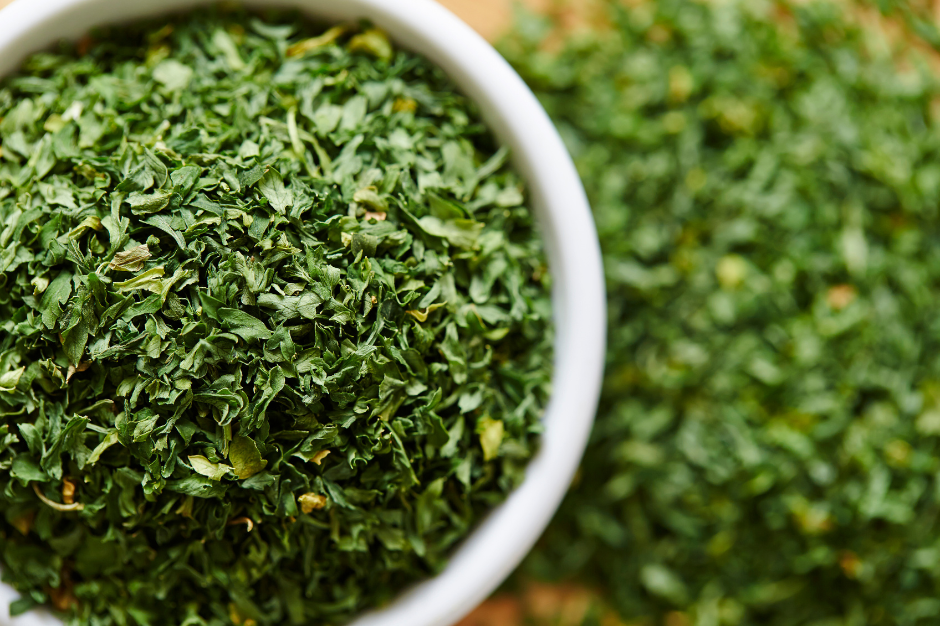Overview
While parsley is a wonderfully nutritious and healing food, it is often under-appreciated. Most people do not realize that this vegetable has more uses than just being a decorative garnish that accompanies restaurant meals. They do not know that parsley is actually a storehouse of nutrients and that it features a delicious green and vibrant taste.
The two most popular types of parsley are curly parsley and Italian flat leaf parsley. The Italian parsley variety has a more fragrant and less bitter taste than the curly variety. There is also another type of parsley known as turnip-rooted (or Hamburg) that is cultivated for its roots, which resemble salsify and burdock.
Parsley belongs to the Umbelliferae family of plants, and its latin name is Petroselinum crispum.




